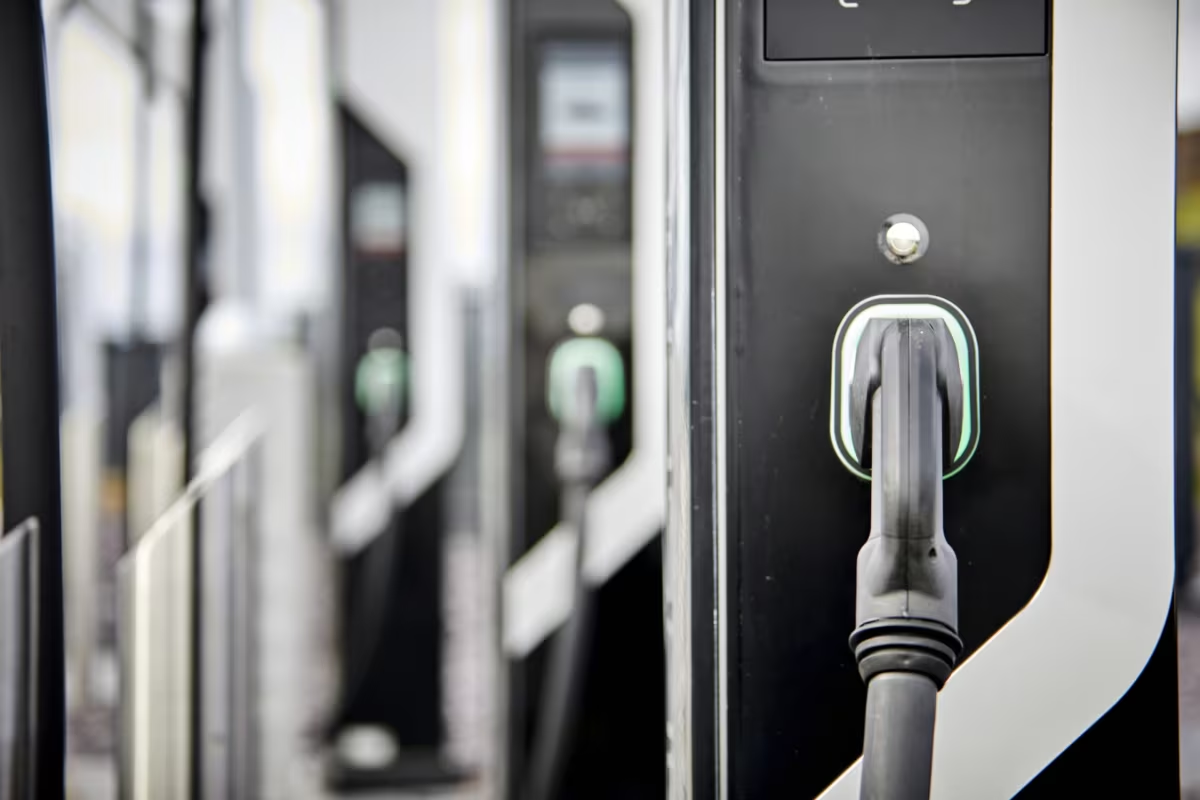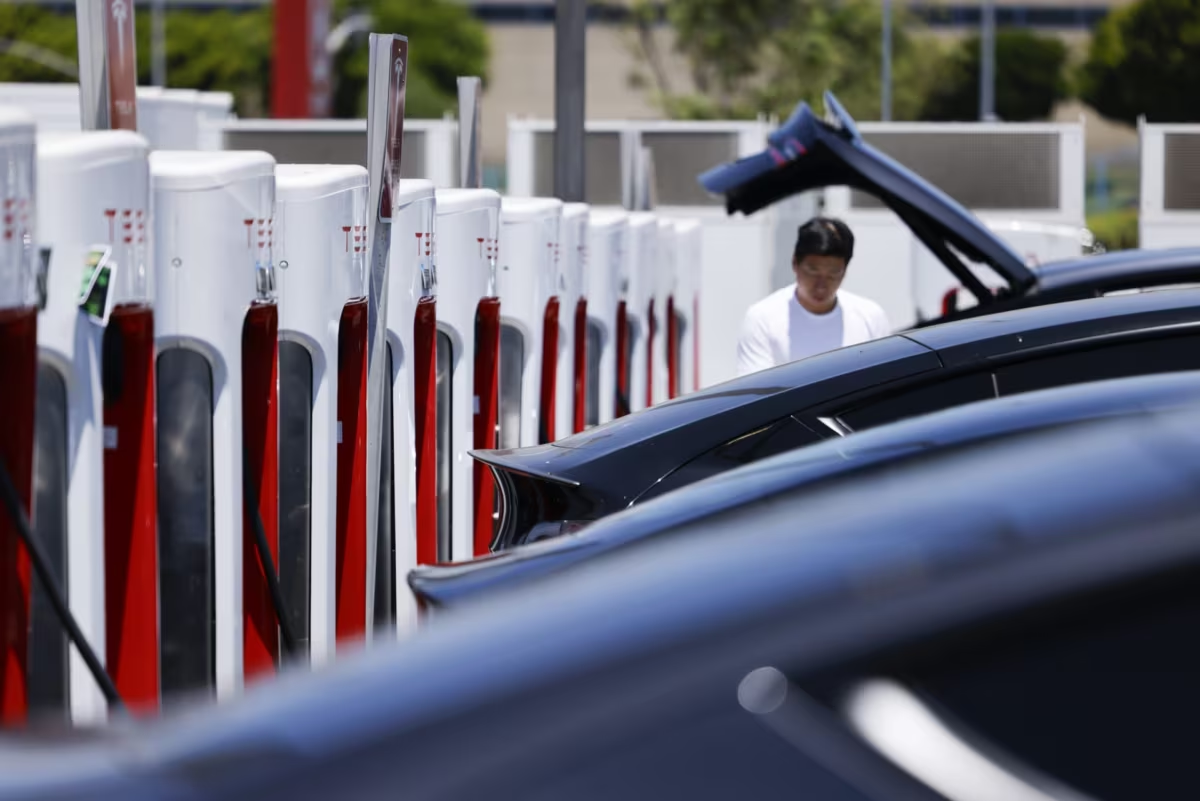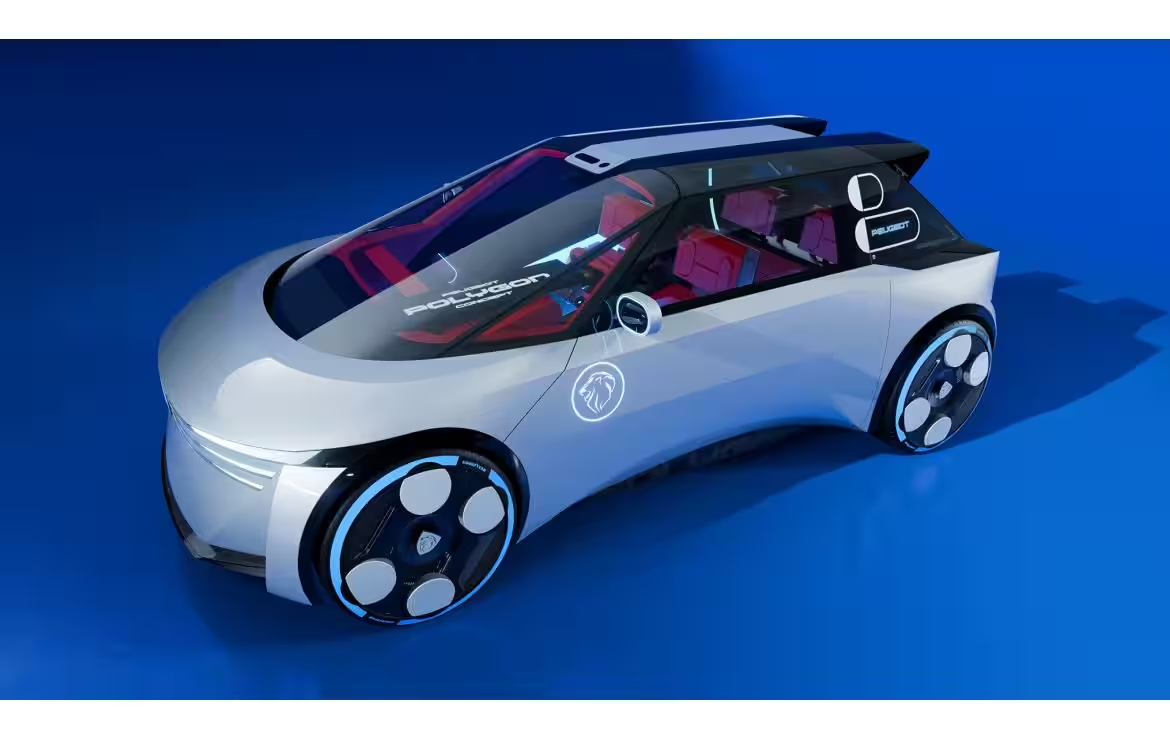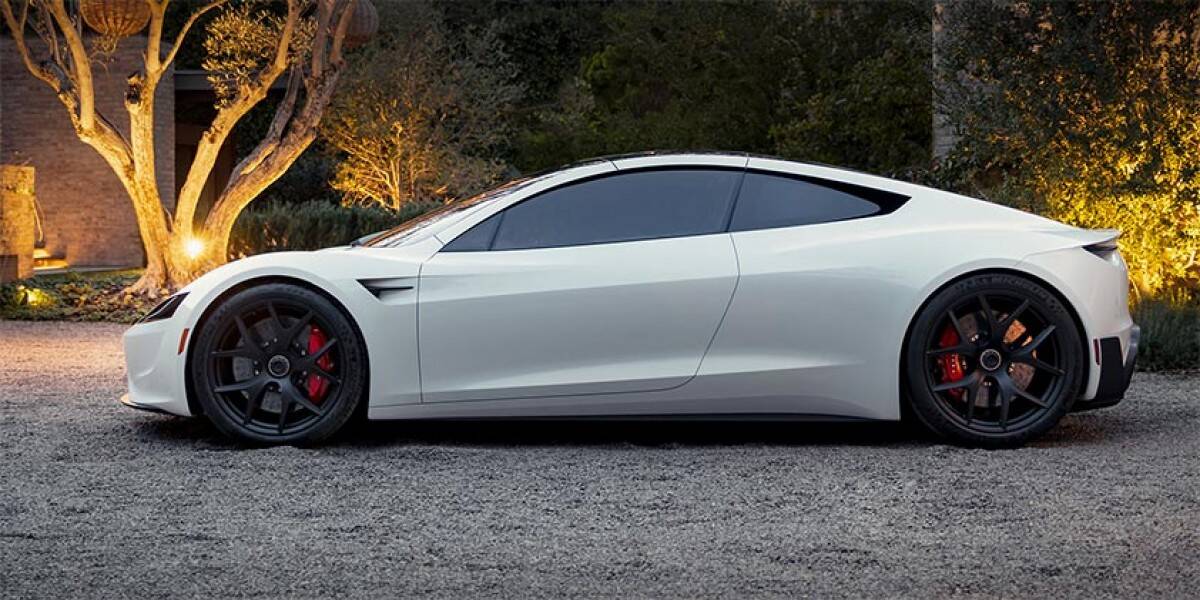Covestro’s new technology reduces the risk of battery fires in electric vehicles

Incapsulating Baysafe BEF foam could form the basis of new safety standards in the global EV industry.
Covestro, a company specializing in high-tech polymers, has unveiled a new development to improve the safety of electric vehicle batteries – Baysafe BEF flame-retardant encapsulating foam. The technology aims to reduce the risks of thermal runaway and subsequent fires – one of consumers’ most pressing fears when choosing an EV.
The technology is aimed at reducing the risks of thermal runaway and subsequent fires – one of consumers’ most pressing fears when choosing an EV.
Reaction to the requirements of the new Chinese standard
Baysafe BEF complies with China’s new national standard, which will come into effect in July 2026. It requires that electric vehicle batteries must not ignite or explode, even in the event of thermal acceleration. The document is expected to influence international regulations as well, given China’s leadership in electric vehicle production.
The document is also expected to influence international regulations, given China’s leadership in electric vehicle production.

Covestro foam creates a thermal and electrical insulation barrier between battery cells, protecting against overheating, shock and short circuits. It also improves the mechanical strength of the entire battery due to its high adhesion and ability to transfer forces evenly between cells.
Optimize battery density and life
The foam has a low viscosity and variable cure rate, allowing it to fill the gaps between cells evenly without air inclusions. The result is a more compact and dense battery with a higher cell count – increasing range without increasing the size of the battery pack.
In this way, Covestro accomplishes two things at once: it improves battery safety and at the same time increases battery energy efficiency.
Why the problem is still relevant
Although statistics confirm that electric cars are less likely to catch fire than internal combustion engine cars, their fires are harder to put out. Because of the multi-layer construction of lithium-ion cells, it’s impossible to extinguish the flames directly. Extinguishing can take hours and require tens of thousands of liters of water. That’s why fire incidents get a lot of media coverage and create a perception among consumers that EVs are more dangerous.

Covestro intends to change that image by making thermal runaway even more rare. The company expects their foam to become part of new global safety standards, not just Chinese ones.
The Covestro’s new technology reduces the risk of battery fires in electric cars was first published on itzine.ru.








